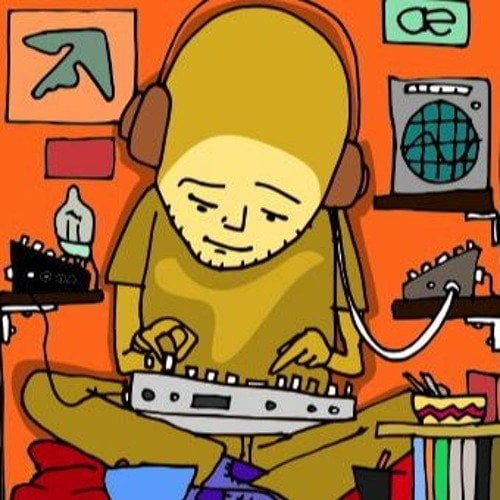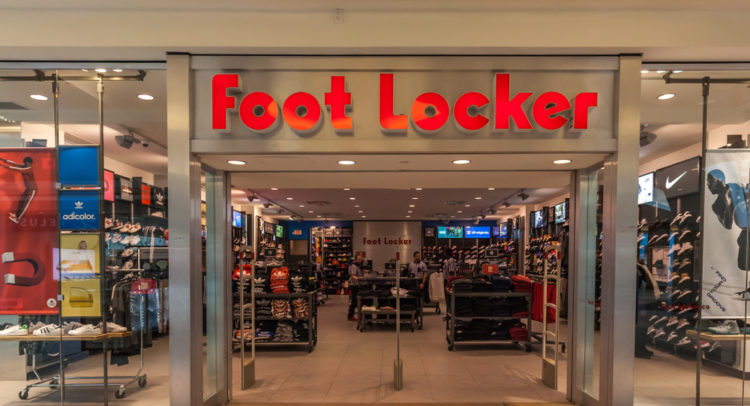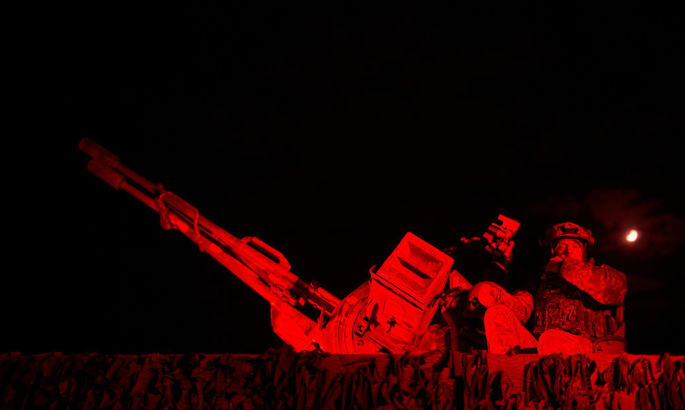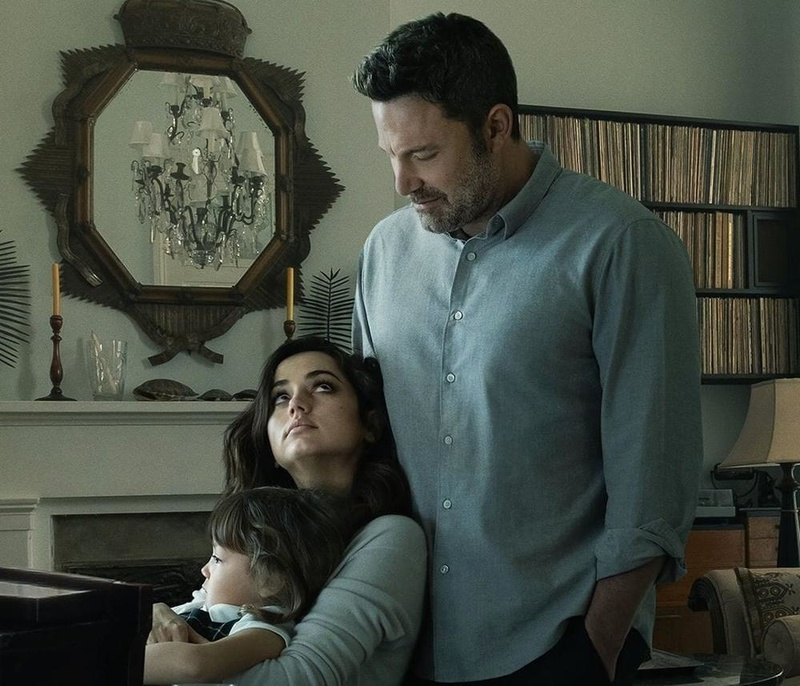Will Techno Music Fill Berlin's U-Bahn Stations? A New Proposal

Table of Contents
H2: The Proposal: Injecting Techno into Berlin's U-Bahn System
A recent proposal, spearheaded by a coalition of local artists, sound designers, and transit advocates, suggests integrating carefully curated techno music into select Berlin U-Bahn stations. The initiative aims to elevate the often-stressful commute into a unique sensory experience, reflecting Berlin's dynamic cultural identity.
- Target stations: The proposal initially targets high-traffic stations on lines frequently used by tourists and commuters, such as those around Potsdamer Platz and Alexanderplatz. Stations with existing sound systems would be prioritized to reduce initial implementation costs.
- Type of techno music: The music selection would prioritize ambient and atmospheric techno, avoiding harsh, aggressive sounds that might be jarring to commuters. A focus on melodic and textural elements is key, ensuring a more immersive and less disruptive experience.
- Implementation methods: The plan involves a sophisticated sound system design, potentially utilizing strategically placed speakers to create a balanced soundscape. The system would be designed to adjust volume levels depending on the time of day and passenger density, minimizing potential noise pollution.
- Funding sources and potential sponsorships: Funding sources are being explored, including public grants, private sponsorships from music labels and technology companies, and even crowdfunding campaigns to garner public support for the project.
H2: Potential Benefits: Enhancing the Commuter Experience
This ambitious project offers several potential benefits for Berlin's U-Bahn users and the city's overall image. By transforming the urban soundscape of the underground, the proposal hopes to:
- Improve mood and reduce stress levels: The rhythmic and often hypnotic nature of techno music could potentially create a more calming and positive atmosphere, reducing stress and anxiety for commuters during their journeys.
- Enhance the sense of place and urban identity: Integrating local techno artists into the project could foster a unique sense of place, strengthening Berlin's identity as a global hub for electronic music and innovation. This would act as a form of public art, enhancing the experience of using the U-Bahn system.
- Attract tourists and boost Berlin's cultural image: The unique soundscape could attract tourists eager to experience this innovative integration of art and public transport, boosting the city’s cultural tourism.
- Potential for collaboration with local techno artists: The project would provide invaluable opportunities for collaboration with Berlin's thriving community of techno musicians and sound artists, allowing them to showcase their work to a large and diverse audience.
H2: Potential Drawbacks: Concerns and Criticisms
While the vision is compelling, potential drawbacks need careful consideration. These include:
- Noise pollution: Concerns exist regarding noise pollution, potentially impacting commuters with auditory sensitivities and residents living near stations. Careful sound level management and strategically placed speakers are crucial to mitigate this.
- Accessibility considerations: The project must prioritize accessibility for all commuters, including those with auditory sensitivities or hearing impairments. Options for volume control and quiet zones should be incorporated into the design.
- Cost of installation, maintenance, and potential legal challenges: The initial investment and ongoing maintenance costs of installing and maintaining a sophisticated sound system across multiple stations will be substantial. Navigating legal and regulatory hurdles related to sound levels and public spaces will also be a significant challenge.
- Potential for negative reactions: Not everyone enjoys techno music. The project needs to anticipate and address potential negative reactions from commuters who dislike the genre, ensuring a flexible and adaptable approach to sound design.
H2: Feasibility and Implementation: The Practicalities of the Project
The successful implementation of this project requires careful planning and execution. Key considerations include:
- Technical feasibility: Ensuring a high-quality sound system with effective noise control measures is critical. The system should be robust, reliable, and easily maintainable.
- Legal and regulatory hurdles: Obtaining the necessary permits and approvals from Berlin's transport authority and other relevant agencies will be crucial. This involves detailed environmental impact assessments and careful adherence to noise pollution regulations.
- Community engagement and public opinion: Gathering feedback from commuters and residents through surveys, focus groups, and public forums is essential to ensure the project aligns with community preferences.
- Funding and financial sustainability: Securing long-term funding and sponsorships to cover installation, maintenance, and ongoing operational costs is critical for the project's long-term viability.
H2: Comparing Berlin's U-Bahn to Other Cities' Public Transport Soundscapes
Examining how other cities have integrated sound into their public transport systems provides valuable insights:
- Examples: Some cities have successfully implemented ambient soundscapes or public art installations in their subway systems, while others have faced challenges due to noise complaints or technical difficulties. Analyzing both successful and unsuccessful examples can inform Berlin's approach.
- Comparative analysis: Comparing different approaches in terms of technology, public engagement strategies, and cost-effectiveness can help optimize Berlin's project.
- Learning from other cities' experiences: Lessons learned from other cities can help anticipate and mitigate potential problems, ensuring a smoother implementation process.
3. Conclusion:
This bold proposal to fill Berlin's U-Bahn stations with techno music presents both exciting opportunities and significant challenges. The potential to enhance the commuter experience, boost the city's cultural image, and provide a platform for local artists is undeniable. However, careful consideration must be given to potential drawbacks like noise pollution and community acceptance. The future of this ambitious project rests on a comprehensive assessment of all factors and a robust public engagement strategy. Will techno music become the soundtrack to Berlin's U-Bahn? Share your thoughts – should Berlin embrace the pulse of techno in its underground railway system? Let's continue the conversation and help shape the future soundscape of Berlin's U-Bahn.

Featured Posts
-
 Berlin Bvg Streik Was Bedeutet Das Fuer Pendler Und Touristen
May 16, 2025
Berlin Bvg Streik Was Bedeutet Das Fuer Pendler Und Touristen
May 16, 2025 -
 Impact Of Nike Q3 Results On Foot Locker Jefferies Assessment And Market Analysis
May 16, 2025
Impact Of Nike Q3 Results On Foot Locker Jefferies Assessment And Market Analysis
May 16, 2025 -
 Obstrel Ukrainy Rossiya Zapustila Bolee 200 Raket I Bespilotnikov
May 16, 2025
Obstrel Ukrainy Rossiya Zapustila Bolee 200 Raket I Bespilotnikov
May 16, 2025 -
 26 Eama Tfsl Bynhma Hl Elaqt Twm Krwz Wana Dy Armas Hqyqyt
May 16, 2025
26 Eama Tfsl Bynhma Hl Elaqt Twm Krwz Wana Dy Armas Hqyqyt
May 16, 2025 -
 Nhl Announces Canadian Partnership With Ndax For Playoffs
May 16, 2025
Nhl Announces Canadian Partnership With Ndax For Playoffs
May 16, 2025
